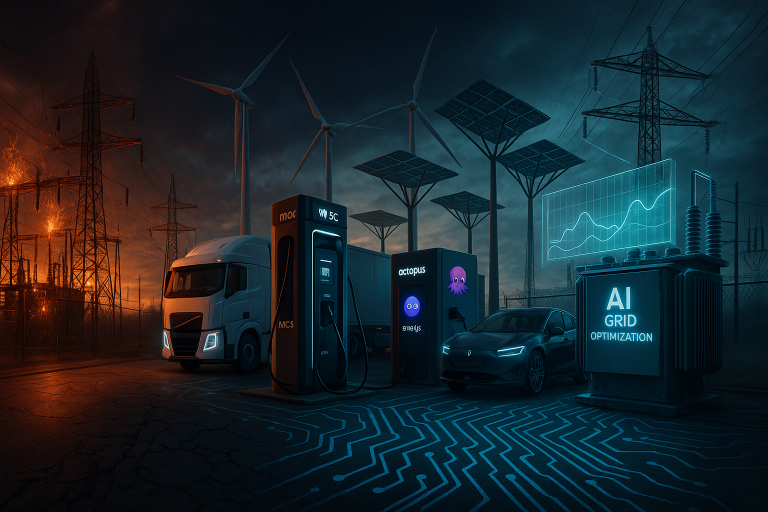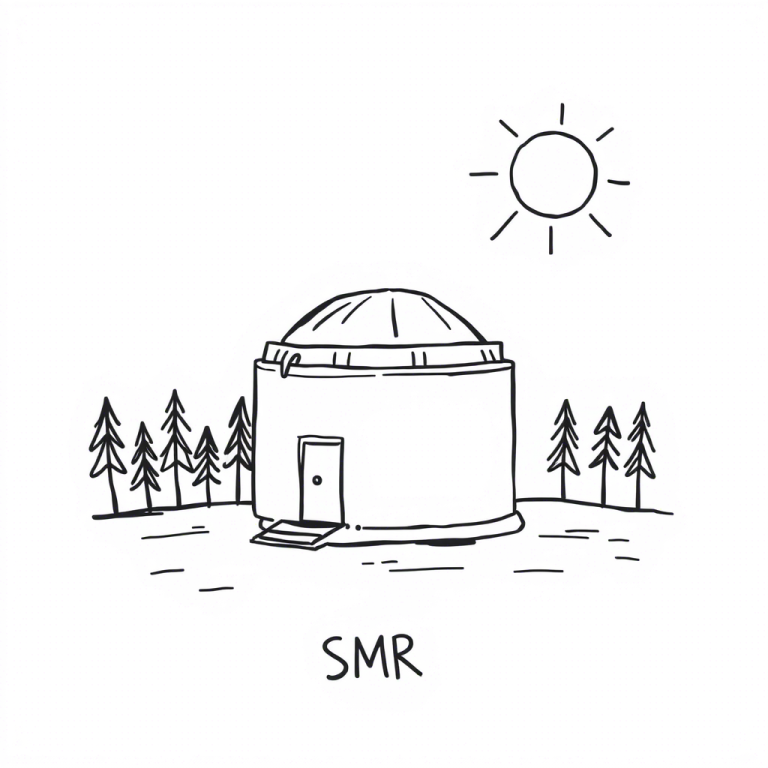World’s largest tokamak to use boron to purify plasma for cleaner nuclear fusion
In the race to harness star power on Earth, a silvery metalloid is emerging as fusion energy’s unsung hero. At the ITER tokamak in southern France—the $25 billion international fusion megaproject—engineers are constructing a network of half-mile-long gas pipelines to deliver boron, an element that could resolve one of fusion’s most persistent nightmares: plasma contamination. This “boronization” technique, adapted from smaller reactors but scaled to unprecedented levels, represents a critical solution for maintaining the purity of plasmas hotter than the sun’s core .
The Plasma Purity Crisis: Tungsten Walls and Runaway Impurities
When ITER switched its plasma-facing armor from beryllium to tungsten in 2023, it gained superior heat resistance but unleashed a cascade of complications. Tungsten atoms, when bombarded by 150-million-degree plasma, shear off and infiltrate the fusion reaction. Like pouring ice water into a furnace, these impurities radiate energy away, cooling the plasma and quenching fusion conditions. Oxygen from residual gases compounds the problem, increasing radiative losses during plasma initiation .
“We’re working with a proven technology, but it’s never been done on this scale or in a tritiated environment, so it’s interesting territory,” admits Tom Keenan, ITER’s wall conditioning engineer .
The stakes couldn’t be higher: simulations show uncontrolled tungsten contamination could reduce ITER’s energy output by 40%. With regulatory limits on radioactive tritium inventory, trapped fuel in reactor walls could also force operational shutdowns if retention exceeds safety thresholds .
Boronization Unveiled: Atomic “Gettering” at Industrial Scale
Boronization counters impurity chaos through atomic-scale gettering—a process where boron captures stray oxygen and binds tungsten atoms to the wall. ITER’s system will inject diborane gas (B₂H₆), a compound of boron and hydrogen diluted in helium. Once inside the toroidal chamber, glow discharge plasma decomposes the gas, chemically bonding boron into a nano-thin layer (10-100 nm) across all plasma-facing surfaces .
Two complementary techniques are converging:
- Gas-Based Boronization: The traditional method using diborane, scaled up with 1.4 km of pipelines and 21 injection points for uniform coverage .
- Powder Injection: A newer approach where micron-sized boron particles are “sprinkled like salt” into the plasma edge, ionizing instantly and coating walls during operation. PPPL’s simulations show this method enables real-time conditioning without pausing experiments .
Table: Boron Delivery Systems Compared
| Method | Mechanism | Advantages | Challenges |
|---|---|---|---|
| Gas Boronization | Diborane decomposition via glow discharge | Proven uniformity; deep coverage | Requires shutdown; toxic gas handling |
| Powder Injection | Boron microparticles ionized at plasma edge | On-the-fly application; no plasma disruption | Coating thickness control; particle dynamics |
3 Engineering the Boron Ecosystem: Pipelines, Plasma, and Particle Physics
Scaling boronization for ITER’s 840 m³ plasma chamber—10× larger than any existing tokamak—demands radical engineering:
The Pipeline Network
- A vascular system spanning 1 km inside the Tokamak Building and 400 meters within the vacuum vessel itself
- Precision injection nozzles positioned using plasma simulations from ASDEX Upgrade (Germany) and WEST (France) tokamaks
- Four additional anodes added to optimize boron distribution uniformity
Safety Architecture for Diborane
- Secure external “gas cabin” for toxic/explosive diborane storage
- Two neutralization systems for unused gas:
- Thermal destruction: Heating to 700°C for molecular breakdown
- Chemical trapping: Proprietary absorbent materials
“We are very confident in both systems,” asserts process engineer Peter Speller
AI-Powered Predictive Coating
PPPL’s computational framework integrates three real-time models:
- Plasma behavior with boron impurities
- Boron particle trajectories and evaporation rates
- Wall adhesion and erosion dynamics
This allows physicists to optimize injection rates down to the gram/second level, maximizing wall protection while minimizing boron contamination of the core plasma .
4 The Carbon Conundrum: When Purification Creates New Problems
Recent research reveals a hidden complication: boron’s synergy with carbon dramatically increases fuel retention. At DIII-D tokamak, boron films deposited in carbon-rich environments trapped deuterium at ratios of 2:5 (deuterium:boron). The resulting chemical bonds require temperatures near 1000°F to break—a problematic level for reactor components .
“Carbon is really the troublemaker,” emphasizes PPPL physicist Florian Effenberg. “While we cannot get it to zero, we use all means to reduce carbon as much as possible” .
This discovery is driving material changes:
- Replacement of graphite tiles with tungsten walls in DIII-D
- Ultra-high vacuum protocols to minimize carbon residues during boron coating
- Novel boron-carbide composite coatings that resist fuel retention
5 Global Validation and ITER Integration
Boronization isn’t theoretical—it’s battle-tested across the fusion frontier:
- EAST (China): 30% plasma energy retention increase after boron coating
- ASDEX Upgrade (Germany): H-mode extension by 40% with real-time powder injection
- DIII-D (USA): Tungsten concentration suppressed to <10⁻⁵ in core plasma
At ITER, boronization will occur every 2–12.5 weeks, depending on operational intensity. The system’s design has been strategically positioned to avoid interference with other components, with installation set for 2028 .
6 Beyond ITER: Boron’s Role in the Fusion Power Plant Era
The implications extend far beyond one experiment:
- Tritium Management: Minimizing trapped fuel is critical for regulatory compliance and fuel cycle efficiency in DEMO reactors .
- Divertor Protection: Boron shields the exhaust region handling power loads equivalent to spacecraft re-entry.
- Reactor Economics: PPPL estimates boronization could extend component lifetimes by 3×, reducing maintenance downtime .
Private fusion companies are already adopting variants:
- Commonwealth Fusion Systems: Testing in-situ boron coating for SPARC
- TAE Technologies: Using boron as primary fuel in hydrogen-boron reactions
7 Challenges on the Horizon
Despite progress, hurdles remain:
- Tritium-Boron Interactions: Unknown effects of radioactive tritium on boron layer stability
- Real-Time Control: Developing sensors to monitor nanoscale boron erosion during plasma pulses
- Powder Dynamics: Optimizing particle size for full toroidal coverage in 29-meter-diameter vessel
Boronization embodies fusion’s ethos: transforming atomic-scale insights into engineering marvels. As ITER’s gas pipelines snake toward the tokamak, they carry more than diborane—they transport a solution forged through global collaboration, one that could finally buffer our path to limitless energy. For tokamaks aiming to bottle stars, boron is proving to be the ultimate nanoscale bouncer, keeping impurity chaos at bay while letting fusion’s fire burn bright. In the words of PPPL’s Joseph Snipes, this “saltshaker approach” might just be the secret ingredient that stabilizes our stellar ambitions .





